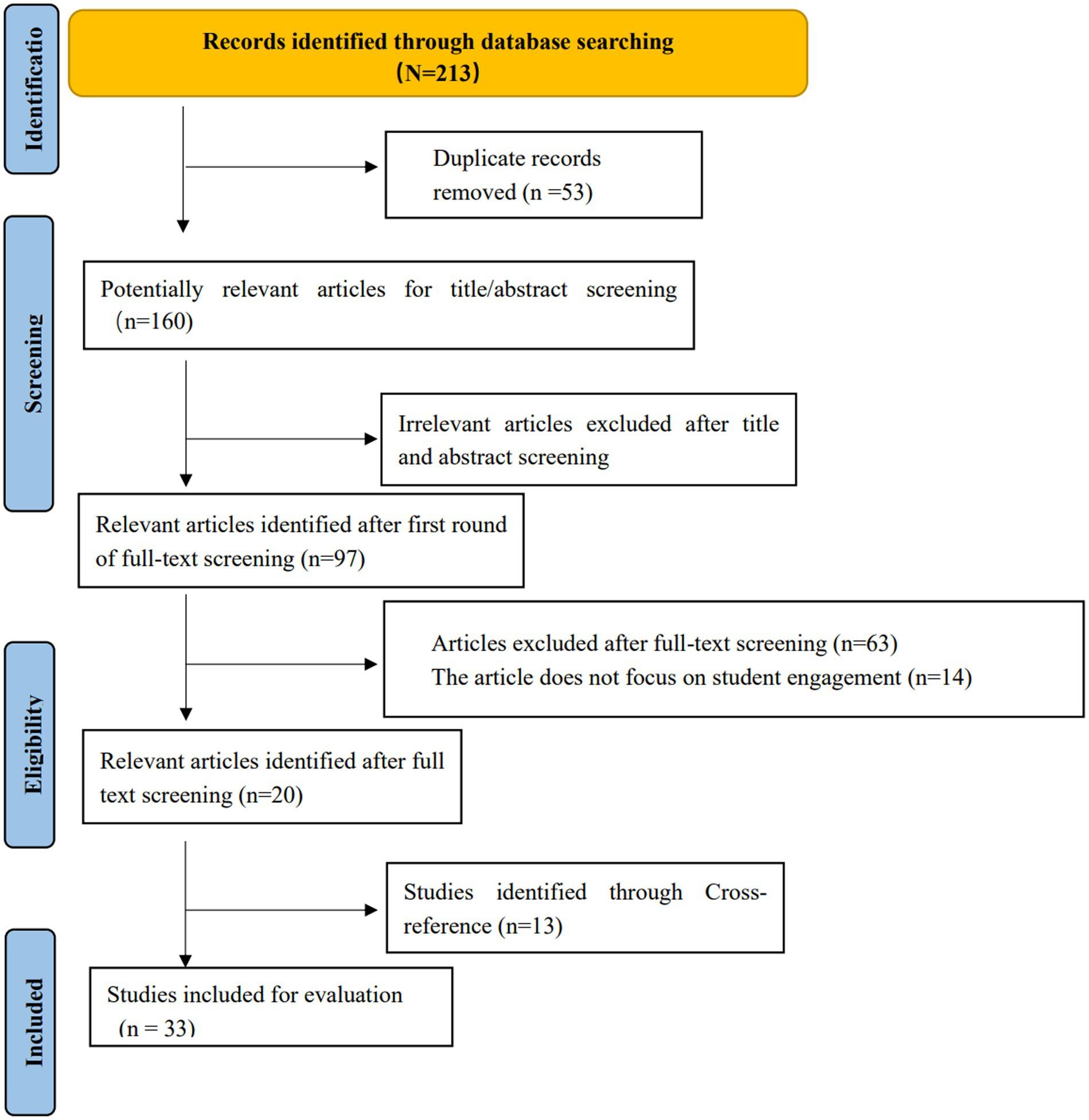How VR Boosts Student Engagement and Retention: Key Benefits and Insights
Virtual Reality (VR) is rapidly becoming a cornerstone in modern education, transforming the way students interact with curriculum and absorb information. But how exactly does VR boost student engagement and retention? In this comprehensive article, we explore the key benefits of integrating VR into learning environments, share real-world case studies, and provide practical tips for educators looking to harness the power of immersive technology.
Understanding the Impact of VR on Student Engagement
Traditional teaching methods often struggle to capture the attention of tech-savvy generations. With distractions everywhere,keeping students motivated is a challenge. This is where virtual reality in education comes in, offering an interactive and immersive experiance that makes learning both fun and effective.
By simulating real-life environments and enabling active participation, VR can motivate students to explore complex topics, experiment safely, and develop critical thinking skills. This heightened engagement translates directly into better knowledge retention and improved academic performance.
Key Benefits: How VR Boosts Engagement and Retention
- immersive learning Environments: VR transports students beyond textbooks and into dynamic,3D worlds where they can interact with abstract concepts or historical events as if they were really there.
- Active participation: Virtual reality encourages hands-on learning by allowing students to conduct virtual experiments, solve problems, and collaborate with classmates in real time.
- Enhanced Memory Retention: Studies show that actively participating in VR simulations leads to long-lasting memory retention, as learners are more likely to recall what they’ve seen, heard, and done.
- Reduced Learning Barriers: VR can make complex or hazardous activities safe and accessible, such as conducting science lab experiments or exploring outer space, supporting diverse learning needs and styles.
- Instant Feedback: Many VR platforms provide immediate feedback, helping students identify and address mistakes quickly for real-time learning improvements.
- Increased Motivation and Fun: Gamified elements and visually rich experiences make learning enjoyable and motivate students to participate actively.
Supporting Research: Why VR Works in Education
Research consistently demonstrates that VR-based learning increases both engagement and retention rates compared to traditional instructional methods. According to a study published in the Journal of Educational Computing Research, students using VR showed a 35% increase in retention rates compared to those who learned thru conventional means.
Furthermore, a recent survey by EdTech Magazine found that over 78% of teachers reported higher engagement levels when incorporating immersive VR lessons into their classrooms.
Real-Life Case Studies: VR in the Classroom
Medical Training with VR
Medical schools are leading the charge in VR adoption. At Stanford University, students use VR to simulate surgeries, practice emergency responses, and visualize complex anatomical structures in 3D. According to faculty, VR has cut training time by up to 40% and significantly improved knowledge retention rates.
Exploring Ancient History
In the UK, high schools use VR headsets to take students on virtual field trips to ancient Egypt, Rome, and other historical civilizations.Teachers noted a remarkable jump in class participation and students’ ability to recall historical facts after immersive lessons, compared to lectures alone.
STEM Education and Virtual Laboratories
Science classes are leveraging VR-based virtual labs to conduct chemical experiments in a risk-free setting. Educators report that students are more confident and eager to engage, resulting in higher test scores and improved scientific understanding.
Practical Tips for integrating VR in the Classroom
- Start Small: Begin with a single, well-designed VR lesson or module that aligns with your curriculum objectives.
- Choose Quality Content: Select VR software and apps vetted for educational use—look for options with proven efficacy and user-pleasant interfaces.
- Ensure Accessibility: Offer alternative or supplementary materials for students with motion sickness, visual impairments, or other accessibility needs.
- Train Educators: Organize basic VR training workshops so teachers can confidently use the equipment and maximize its benefits for student engagement.
- Encourage Collaboration: Use VR scenarios that foster teamwork and dialog, such as group problem-solving or role-playing.
- Assess and Iterate: Gather feedback from students and educators to refine your VR strategy and ensure it continues to meet learning goals.
First-Hand Experience: Voices from the Field
”The first time our biology class used VR to explore the human circulatory system, I could see the excitement on my students’ faces. They were immersed, asked more questions, and remembered key terms weeks later. VR has truly transformed my teaching.”
– Sarah L., High School Biology Teacher
“I used to struggle with chemistry, but being able to mix chemicals in a virtual lab made me feel like a real scientist. Now I look forward to science class every week!”
– Miguel P., 10th Grade Student
Conclusion: The Future of Learning is Immersive
Incorporating VR into education is more than just a trend—it’s a powerful tool proven to boost student engagement and retention. By bringing lessons to life and supporting diverse learning styles, VR empowers students to discover, explore, and achieve more than ever before. As the technology becomes more affordable and accessible, now is the perfect time for schools and educators to adopt immersive learning and unlock its full benefits.
Begin your journey with VR in the classroom and witness firsthand how it can revolutionize not only how students learn, but also how they remember, connect, and succeed.
Ready to boost engagement and retention in your classroom? Integrate VR learning today and shape the future of education!

